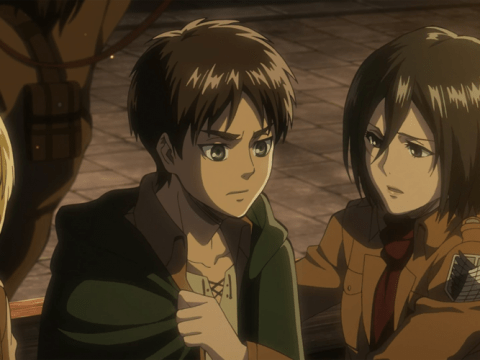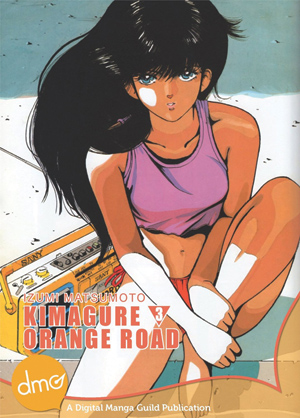
This story is excerpted from the February 2015 issue of Otaku USA Magazine, on sale now!
This classic series gets released in America at long, long last! Kimagure Orange Road was one of the superstar manga of the 80s, and though it was never officially translated, the anime made it so popular in the U.S. that even those who never saw an episode knew of its existence. Though the art is dated, the appeal is still there. Even though it looks its age, the artwork is clean and easy to read, the characters are engaging and well drawn, and the simplicity has a charm all its own. (Plus, the art improves in later volumes.)
Kyosuke Kasuga meets Madoka Ayukawa on the eve of starting a new school. He instantly likes the sweet girl who gifts him with her straw hat before leaving without giving her name. He finds out later that she’s the school delinquent! Kyosuke is confused by the sudden shift in personality from the girl he met to the girl Madoka is at school. Rumors of her bad behavior swirl around the school, adding to her scary reputation. What should Kyosuke believe? His confusion is doubled when Madoka’s best friend Hikaru decides that Kyosuke is awesome and she’s going to date him, whether he’s interested or not. But Kyosuke and Madoka keep getting drawn into each other’s orbit and it seems obvious that Hikaru isn’t the one he really likes …
Kimagure Orange Road (“Capricious” or “Whimsical” Orange Road) is low key; it focuses on friendship, first love, and character development rather than wacky hijinks or a ton of sexual tension. The only “hijinks” come in the form of the Kasuga family power. Kyosuke and his sisters are ESPers: they all have telekinetic abilities that they periodically use. The ESPer power seems like an ill-fitting afterthought in a book that is solidly focused on a love triangle. It gets used to advance the plot, or for a deus ex machina, but it’s not a strong feature of the book and could have been done away with entirely without changing the plot one bit.
Unfortunately KOR suffers from Digital Manga Guild’s favorite sin: laziness and lack of editorial oversight. Missing and misplaced words are common. Some of the sentences don’t fit properly into the word balloons. There are lots of awkward phrases (“Here I come humble to you and you get all cocky!” “I’m in a bad temper today!”) It feels like the English translation was written by the two Swedish dudes on Family Guy, who almost, but don’t quite, have a perfect grasp of English. These flaws kill an enjoyable and classic manga that deserves far better treatment than it has been given. There is slight hope, though, as the translation improves in the second volume.


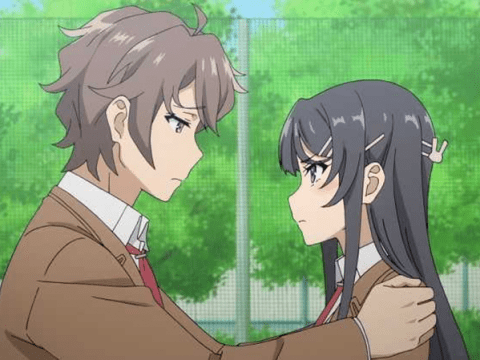
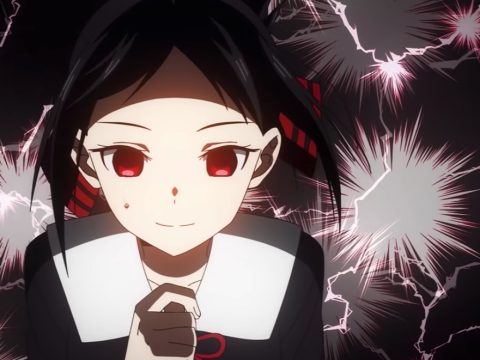
![Lady Oscar: The Rose of Versailles [Anime Review] Lady Oscar: The Rose of Versailles [Anime Review]](https://otakuusamagazine.com/wp-content/uploads/2021/11/RoV_Vol2_Front_CoverArt_V1-480x360.jpg)
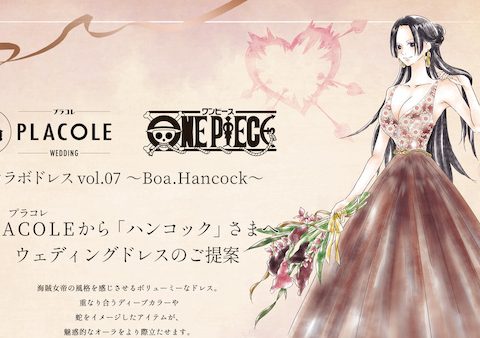
![Shikimori’s Not Just a Cutie [Manga Review] Shikimori’s Not Just a Cutie [Manga Review]](https://otakuusamagazine.com/wp-content/uploads/2021/05/shikimoris-not-just-a-cutie-v4-16-9-480x360.jpg)
